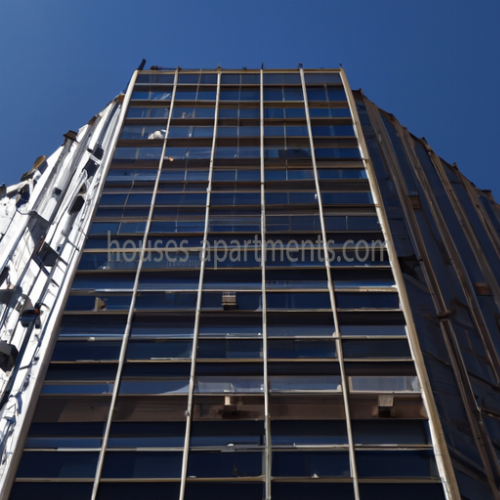Rhythm in architecture refers to the way in which repeated elements are arranged within a design. Architects use rhythm to create a sense of order, balance, and harmony in their designs. Rhythm can be achieved through a variety of elements, including the repetition of shapes, textures, colors, and patterns.
Architects carefully consider the use of rhythm in achieving decorum in their designs. They use it to organize and structure space, as well as to create a visual flow that guides the eye and engages the viewer. The use of rhythm can also help to establish a sense of hierarchy and emphasis, highlighting important elements within the design.
Architects may use different types of rhythms, such as regular or irregular, to create different effects in their designs. Regular rhythms create a sense of predictability and stability, while irregular rhythms create a sense of movement and dynamism. The choice of rhythm also depends on the nature of the space and the intended use of the building or structure.
Ultimately, architects consider rhythm as an essential aspect of achieving decorum in their designs. It helps to create a sense of unity, coherence, and balance in the overall composition, ensuring that the design is aesthetically pleasing and functional.
Publication date:

